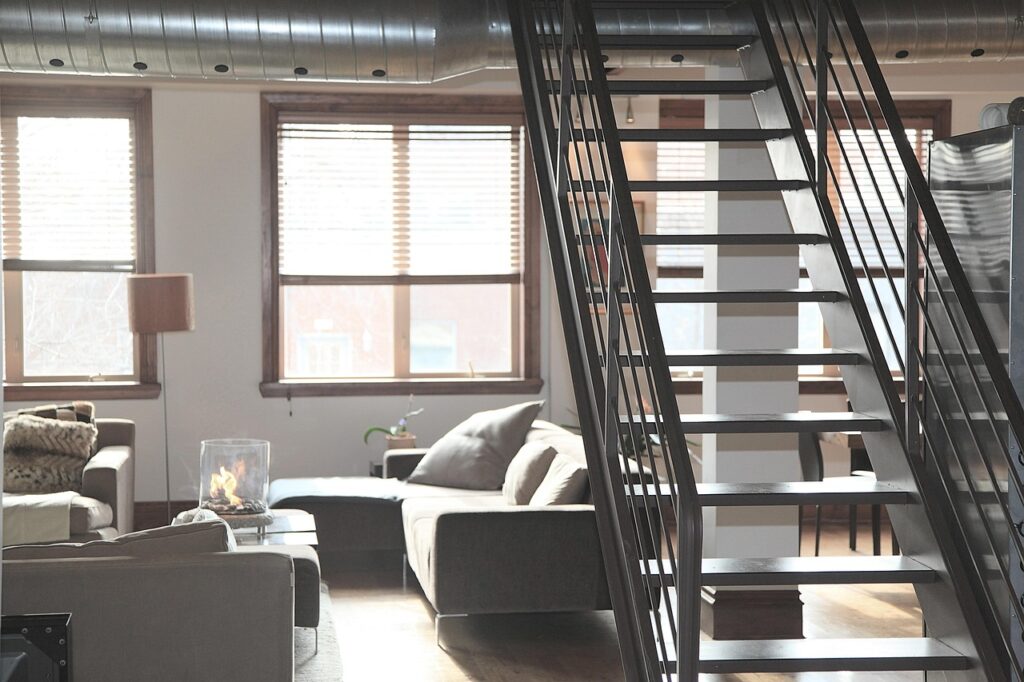A garage with a living quarters is a great way to invest your hard-earned money.
As property owners seek smarter ways to maximize space and enhance property value, the idea of a garage combined with an apartment is becoming increasingly popular.
A three car garage provides ample room for vehicles, storage, and workspace. When an apartment is added above or beside it, the structure transforms into a versatile and efficient living and working solution.
This hybrid design serves the dual purpose of practicality and residential comfort, making it ideal for extended families, rental opportunities, guest housing, or even work from home setups. With thoughtful planning and a careful approach to budgeting, such a build is more accessible than many assume.
The demand for such structures stems from their flexibility. A garage with an apartment can serve immediate needs and adapt to future ones. It might start as a guest suite or a workspace and later evolve into a rental unit or a home for aging parents.
Unlike traditional standalone garages, this structure offers an enhanced return on investment. Planning for this type of construction involves strategic design choices that balance style, utility, and affordability.
From space allocation and materials to permitting and maintenance, every decision made contributes to a structure that supports both lifestyle and financial goals.
Planning for Practicality and Budget
A successful project begins with a detailed and realistic plan. It is essential to outline the primary goals of the space. Are you building this for long term rental income, temporary accommodations, or future resale value? Clarity on the intended use of the garage and apartment helps in designing a structure that fits both your vision and your budget.
Typically, a standard three car garage ranges between 800 to 1200 square feet, while an apartment might require an additional 600 to 1000 square feet. These estimates depend on the number of rooms, amenities, and intended level of comfort.
Choosing the site is another important consideration. Local building codes and zoning laws may impact what you can construct and where. It is also important to review local ordinances about accessory dwelling units, parking regulations, and height restrictions. Consulting with a local architect or builder early in the process is a smart move. They can assist in developing a layout that makes the most of your property’s footprint, comply with regulations, and optimize flow between the garage and the apartment.
Choosing the Right Materials for Affordability and Durability
Selecting construction materials that balance quality with cost is a key aspect of affordability. Steel or metal framing for the garage provides excellent durability, low maintenance, and resistance to common issues like termites, mold, and fire. These materials are also faster to assemble, especially when using prefabricated kits. For the foundation, concrete remains the preferred choice due to its longevity and strength.
When building the apartment, energy efficient insulation and lightweight framing materials like engineered wood can reduce costs without sacrificing structural integrity. Quality windows and doors improve insulation and comfort while keeping utility bills low. The roof design can incorporate cost effective yet durable materials such as metal or asphalt shingles. Finishing touches like weather resistant siding, recycled composite materials, and solar reflective coatings can further reduce upkeep costs and boost the energy efficiency of the building.
Designing for Comfort and Convenience
Functionality should guide the design of both the garage and the apartment. For the garage, space should be allocated not only for parking but also for movement, workstations, and storage. Ample clearance between vehicles, as well as designated zones for tools and equipment, ensures long term usability. Adding custom storage features like ceiling racks, wall shelving, and built in cabinets keeps the space clean and organized.
For the apartment, designing with an open concept can reduce construction costs and enhance the feeling of space. Combining the kitchen, dining, and living areas makes the layout more efficient and welcoming. Large windows allow for natural light, which improves mood and reduces energy consumption. The number of bedrooms and bathrooms will depend on the anticipated use. A studio might suit occasional guests or renters, while a one or two bedroom layout provides more flexibility for longer stays or family use.
Utilities and Infrastructure Considerations
Installing reliable utilities is vital to the functionality of the garage and apartment. Electrical systems should support both high demand garage equipment and standard residential appliances. Proper planning includes separate circuits for each zone, efficient lighting solutions, and convenient access to outlets. LED lighting is a great energy saving option that works well in both garage and living spaces.
For plumbing, ensure that water lines and waste pipes are installed in a way that avoids interfering with garage access and equipment. Compact and tankless water heaters are suitable for apartments and can be mounted in out of the way areas. Heating and cooling needs can be met with ductless mini split systems, which are energy efficient and ideal for smaller spaces. If the building will include laundry facilities, account for drainage and venting requirements in the design phase.
Working with Contractors and Professionals
Collaboration with experienced professionals ensures that your vision is executed safely and efficiently. Begin with an architect or designer who specializes in multi purpose structures. They can help you turn your ideas into actionable plans that comply with building codes and take full advantage of your property’s layout. Engineers may be needed for structural assessments, especially if you are working with uneven terrain or building in a region with seismic or weather challenges.
Once designs are finalized, obtain quotes from several contractors. Review each proposal for cost, timelines, references, and past experience. Transparent communication with your contractor is essential throughout the build. Regular meetings, documented progress reports, and addressing issues as they arise all contribute to staying on schedule and within budget. If you choose to act as your own general contractor, be prepared for a more hands on role that demands careful coordination of trades and inspections.
Permitting and Legal Requirements
Compliance with local building and zoning regulations is crucial before breaking ground. Every municipality has specific permitting processes, which often include approvals for structural safety, electrical, plumbing, and fire codes. Failure to comply can result in penalties or mandatory modifications that increase overall costs and delay the project.
Working with professionals familiar with your area’s requirements helps streamline this process. Some areas have expedited reviews for accessory dwelling units or mixed use structures, which can save time. Maintaining organized records of applications, approvals, and inspection schedules helps prevent miscommunication and ensures transparency throughout construction.
Cost Saving Strategies
Managing costs without compromising quality requires strategic decisions. Prefabricated metal garage kits can dramatically reduce labor and material expenses. These kits are designed for quick assembly, minimal waste, and durability. Simplifying your design by choosing standard shapes and layouts also reduces engineering and labor costs.
Another money saving strategy is sourcing materials yourself. Visiting surplus or salvage yards, using recycled materials, or purchasing during seasonal sales can lead to significant savings. Also, plan for long term efficiency. Spending a little more on quality insulation, roofing, or energy efficient systems can lower your monthly utility bills and reduce repair needs in the future.
Interior Design and Furnishing the Apartment
Interior design plays an important role in making the apartment comfortable and appealing. Focus on space saving solutions such as wall mounted tables, loft beds, and furniture with built in storage. Light colors on walls and floors create an open and bright atmosphere, which makes small spaces feel more expansive.
Selecting multi purpose furniture pieces is key to maximizing utility. A sofa bed can transform a living room into a guest room, while modular shelving units provide flexible storage and room division. Consider integrating smart home features like automated lights, energy tracking thermostats, and remote controlled locks to add modern convenience and appeal. Flooring options such as vinyl planks or laminate provide durability and ease of maintenance while maintaining a modern look.
Maintenance and Long Term Value
A well built three car garage with an apartment can retain its value for decades. Maintenance routines should include seasonal inspections of roofing, gutters, electrical systems, and HVAC units. Timely repairs, painting, and general upkeep prevent larger issues and preserve the property’s appearance and function.
In real estate terms, structures that combine utility with living space attract a broad audience. Homeowners value the additional living quarters, while investors see potential for consistent rental income. This makes the garage apartment structure a long term asset that adapts to shifting market demands and evolving lifestyle needs.
Conclusion
Building a three car garage with apartment space is a smart and flexible solution for property owners who want to expand functionality without overextending their budget. Through effective planning, strategic material choices, and collaboration with skilled professionals, it is possible to construct a durable and comfortable space that meets a variety of needs. From housing to storage and everything in between, this type of project represents a forward thinking approach to property development. With careful attention to design, budgeting, and execution, the result is a valuable and attractive addition that enhances both your lifestyle and your property’s future worth.

